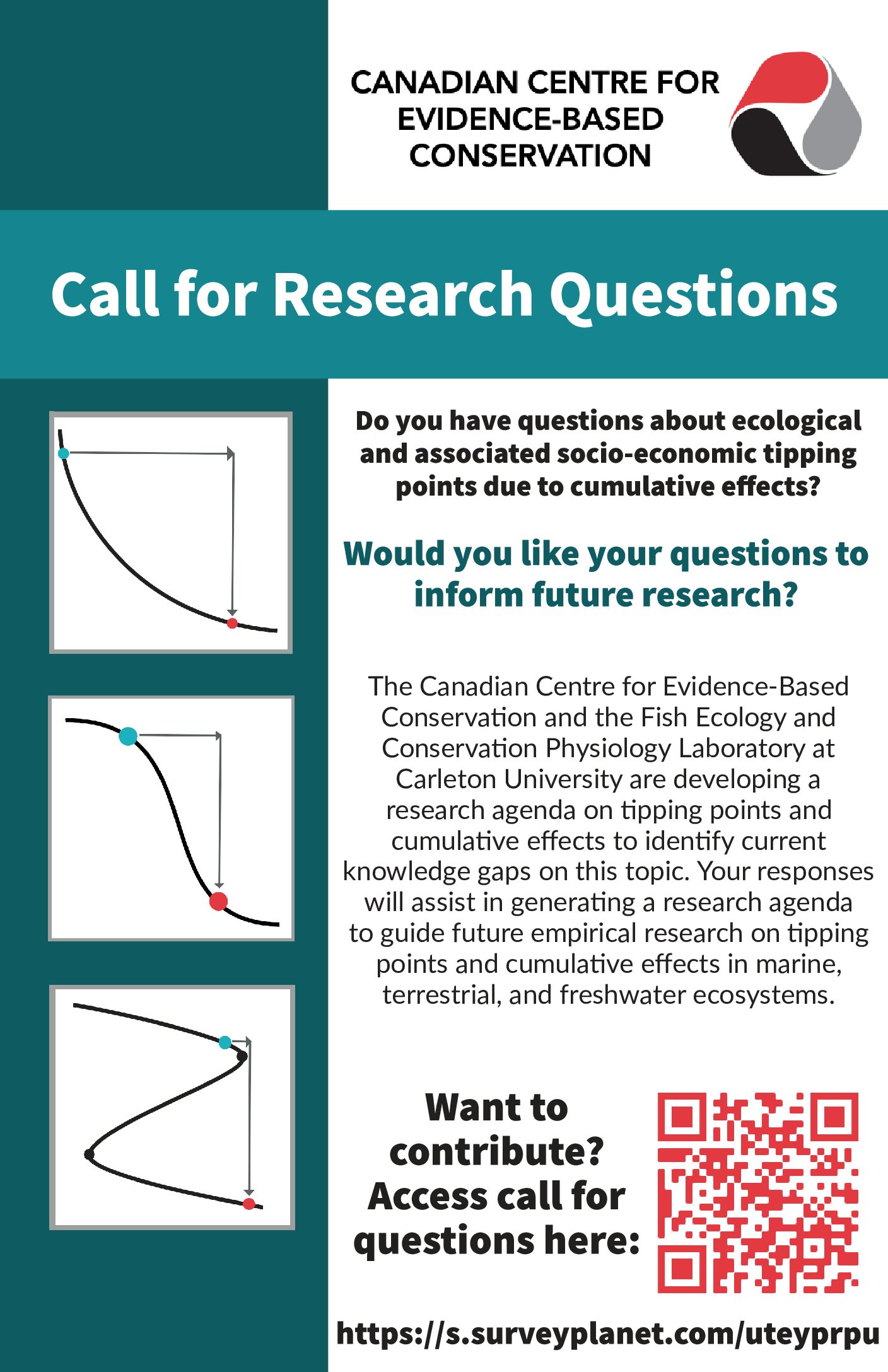Funded By
Research Team
Tanya Prystay, Michael Lawrence, Robert de Bruijn, Steven Cooke
Research Summary
Understanding energetic expenditures at different periods of their life history is important for the conservation of smallmouth bass (Micropterus dolomieu). One of the most important life history stages is spawning, where offspring success is important for individual fitness and population sustainability. During spawning, male smallmouth bass care for their offspring by cleaning the nest from of bacteria and deposition, oxygenating the nest via fanning motions with their pectoral fins, and defending the nest from predators until their young are able to defend themselves. All of these actions are energetically demanding on the male parent, during which time he has ceased active foraging and relies on opportunistic feeding to meet daily metabolic demands. Stress or failure to meet energy requirements may result in the male abandoning his nest, and ultimately offspring death. While extensive research has investigated the effects of various biotic and abiotic stressors on male smallmouth bass spawning success and abandonment rates (e.g. dock light pollution, elevated cortisol levels, and behaviour), the daily metabolic cost of a nesting male smallmouth bass in nature remains unknown. By using heart rate loggers, we aim to fill this knowledge gap by correlating the heart rate of nesting bass to their nest defending behaviours in nature, where heart rate serves as a proxy for energy consumption. The behaviour will be obtained through video footage of natural activities coupled with a short exposure to a nest predator in a jar. This footage will permit us to measure heart rate differences between bold and shy individuals, and thereby correlate energy investment to parent personality and brood success. Furthermore, heart rate will be used to quantify the routine and maximum metabolic rate of the bass to obtain a standard and maximal metabolic scope during the nesting period. Ultimately, results from this study could serve as a baseline energy profile from which the magnitude of added energetic costs imposed by various biotic and abiotic stressors can be placed into perspective.





